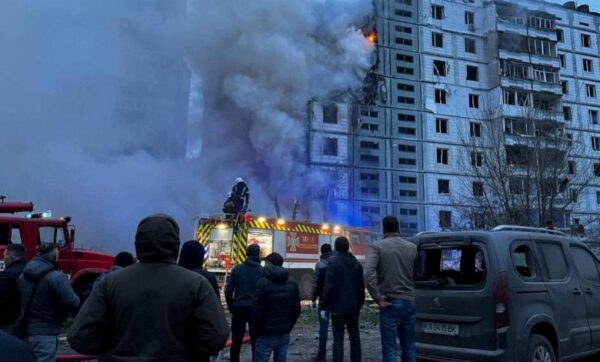
For several days, China has seen unprecedented protests across many cities as a surge in Covid cases followed by harsh lockdowns has taken its toll on people. Frustrated with the government’s zero-Covid approach, incredible videos emerged on social media of people taking to the streets, demanding their freedom, and significantly calling for President Xi to resign.
In an authoritarian state like China, such open defiance of the government and of the president is very, very rare. People know there will be harsh consequences for speaking out, which makes these protests even more significant. So how did the protests actually begin?
To understand this, we have to understand Xi Jinping’s zero-Covid policy first. Under this strategy, even a few cases of Covid have led to strict lockdowns, PCR tests and restrictions on travel and day-to-day movement. Cities with millions of people have been under lockdown intermittently for nearly three years now.
This is not only affected common citizens and their everyday lives, but also affected supply chains around the world, as many China based factories have had to shut down, resulting in disruptions, for example, to the automobile industry, to smartphones like the iPhone etc.. There has been simmering anger, therefore, against the zero-Covid policy. And Chinese people now have watched the rest of the world open up while they remain shut down for long periods.
So they’ve seen videos, for example, of fans at the FIFA World Cup in Qatar enjoying themselves in stadiums while they remain locked down. So all it actually took was one incident last week to trigger-off a series of protests. On Thursday, the 24th of November, ten people were killed in a fire in a high rise building in the province of Xinjiang. This is in northwest China.
Now, it’s widely believed that these people could not escape because that building was in lockdown. Angry crowds came out onto the streets demanding an end to this lockdown. Some people here have been in lockdown for more than 100 days. By the weekend, the protests had spread to major Chinese cities, including Shanghai and Beijing.
At a Beijing university, there was even a candlelight vigil for the victims of the Xinjiang fire. Similar protests took place at universities in other cities as well. What was remarkable was footage of crowds in Shanghai, for example, facing the police and shouting, “we want freedom.” “We don’t want health codes.” In a unique protest, one crowd held up blank sheets of paper, which was a protest symbol against censorship.
Later on, they shouted, “down with the Chinese Communist Party, down with Xi Jinping,” according to videos accessed by news agencies. Other cities that have seen public dissent include Lanzhou in the northwest, where residents on Saturday upturned Covid staff tents and smashed testing boots. Protesters said that they were put under lockdown even though no one had actually tested positive.
Now, all of this comes at a time when Covid is also surging through China, again, with more than 40,000 cases a day being reported every dayover the last few days. Experts say that a major problem has been the efficacy of Chinese vaccines.
China refused to import western mRNA vaccines like Pfizer and Moderna and use their own Sinopharm vaccine, which isn’t known to be as effective. The other problem is the poor vaccination rates, especially among the elderly. And China has a huge elderly population. And then there are the frequent lockdowns, which have meant that not as many people have developed a natural immunity to Covid as they have in other countries.
All of this is contributing to the surge now. The protests, however, have died down as the police step up their crackdowns. Reports of arrests have been coming in for the last two days, with many planned protest being called off as the police swoop in. It’s not yet clear how this will play out. Xi Jinping is China’s most powerful leader who has just given himself a record third term. These protests would definitely be unsettling, but the brute force of Chinese authorities on the ground is very evident.









